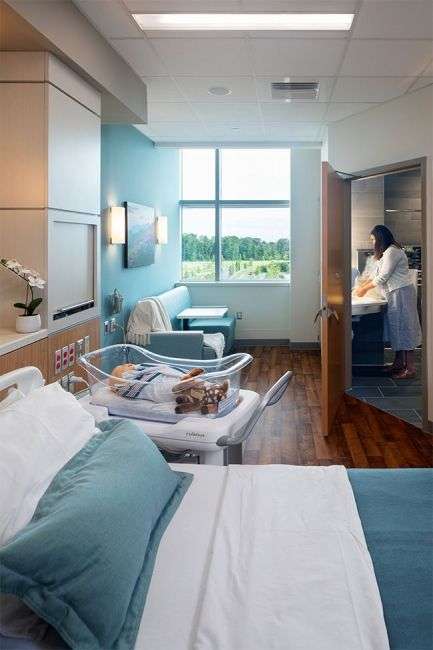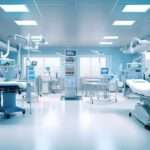
Optimizing Healthcare Design: The Unmatched Value Of Patient-Centric Tools
October 11, 2024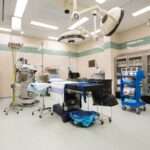
The Economics of Surgery: How Modular Operating Theaters Save Money
October 16, 2024In the ever-evolving landscape of healthcare architecture, the integration of advanced technologies plays a crucial role in enhancing patient care and operational efficiency. One such innovation gaining prominence is smart lighting solutions. These advanced systems not only optimize energy consumption but also significantly contribute to the well-being of patients and staff. In this discussion, we will explore the key features, benefits, and applications of these intelligent lighting systems within healthcare settings.
What Are Smart Lighting Solutions?
Smart lighting solutions refer to advanced lighting systems that leverage automation, sensors, and IoT (Internet of Things) technologies to control and manage lighting effectively. These systems are designed to adapt to various conditions, enhancing both energy efficiency and user experience.
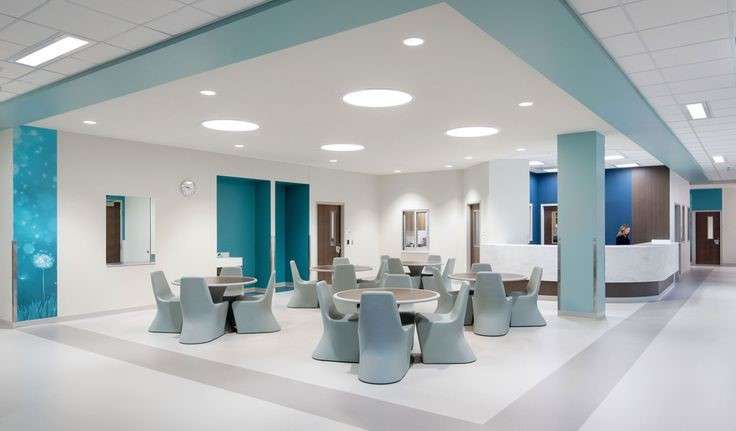
Key Features of Smart Lighting Solutions
- Automated Control Systems: Smart lighting systems can be programmed to adjust based on factors like time of day, occupancy, or ambient light levels. For instance, lights can dim or brighten automatically, providing optimal illumination without manual intervention.
- Sensors and IoT Integration: Motion sensors detect when a room is occupied and adjust the lighting accordingly. IoT integration allows for remote monitoring and control through mobile devices or centralized systems, facilitating easy management.
- Dynamic Lighting: These systems can mimic natural light patterns, which is particularly beneficial for patient recovery. By adjusting color temperature and intensity throughout the day, smart lighting supports circadian rhythms and enhances comfort.
- Personalized Lighting Settings: It allows users to customize their lighting preferences for various activities, such as reading or relaxing, creating a more personalized environment.
- Energy Efficiency: Most smart lighting solutions use LED technology, which consumes significantly less energy than traditional bulbs. This not only reduces energy costs but also minimizes the environmental footprint.
Benefits of Smart Lighting Solutions
- Improved Patient Experience: Creating a calming and comfortable atmosphere can positively influence patient mood and satisfaction. It helps to reduce anxiety and promotes relaxation, which is crucial for recovery.
- Enhanced Staff Productivity: Properly lit workspaces boost focus and productivity for healthcare staff. Adjustable lighting reduces eye strain and fatigue, particularly important during long shifts.
- Cost Savings: The reduced energy consumption of smart lighting translates to lower utility bills. Additionally, the longevity of LED bulbs decreases the frequency of replacements and maintenance costs.
- Safety and Security: It improves safety by ensuring well-lit hallways and common areas when occupied. Furthermore, it can provide security lighting during non-occupied hours.
- Integration with Other Systems: It can seamlessly integrate with other building management systems (BMS), enabling a holistic approach to facility management. For instance, it can work in tandem with HVAC systems to optimize energy use across the facility.
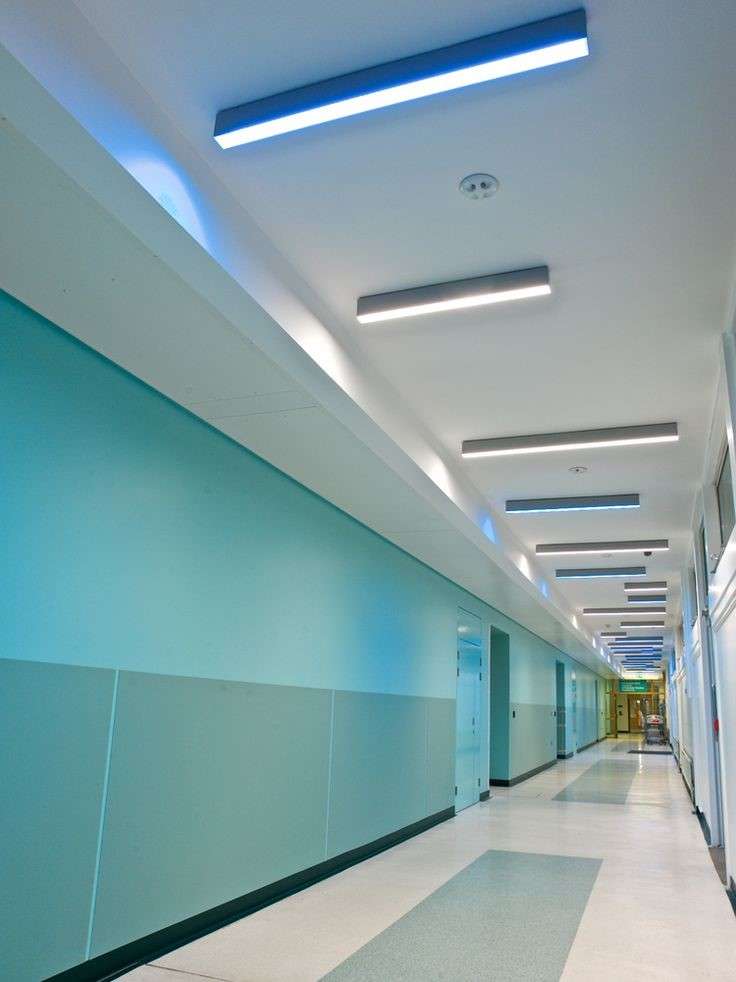
Applications in Healthcare
- Patient Rooms: Smart lighting can create a comfortable environment tailored to the needs of patients, particularly those recovering from surgery or illness. Adjustable lighting allows for a more soothing atmosphere.
- Waiting Areas: Soft, ambient lighting can reduce stress and anxiety for patients and families while they wait, contributing to a more positive experience.
- Surgical Suites: High-intensity, adjustable lighting ensures optimal visibility for surgeons during procedures. Smart lighting can also dim lights when necessary to reduce glare, enhancing focus.
- Hallways and Common Areas: It enhances navigation and safety, adapting to foot traffic patterns and ensuring well-lit pathways at all times.
Conclusion
Smart lighting solutions are revolutionizing the way healthcare facilities operate, offering significant benefits for patient care and staff productivity. By embracing this technology, healthcare providers can create environments that are not only energy-efficient but also conducive to healing and well-being. As the healthcare landscape continues to evolve, smart lighting stands out as a crucial component in the design of modern healthcare facilities.


